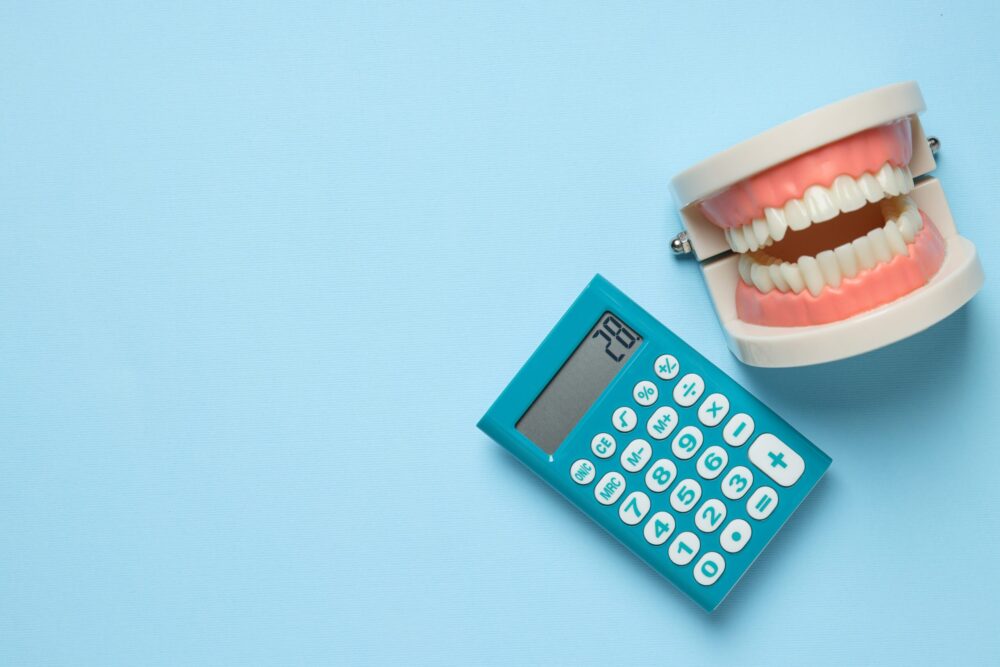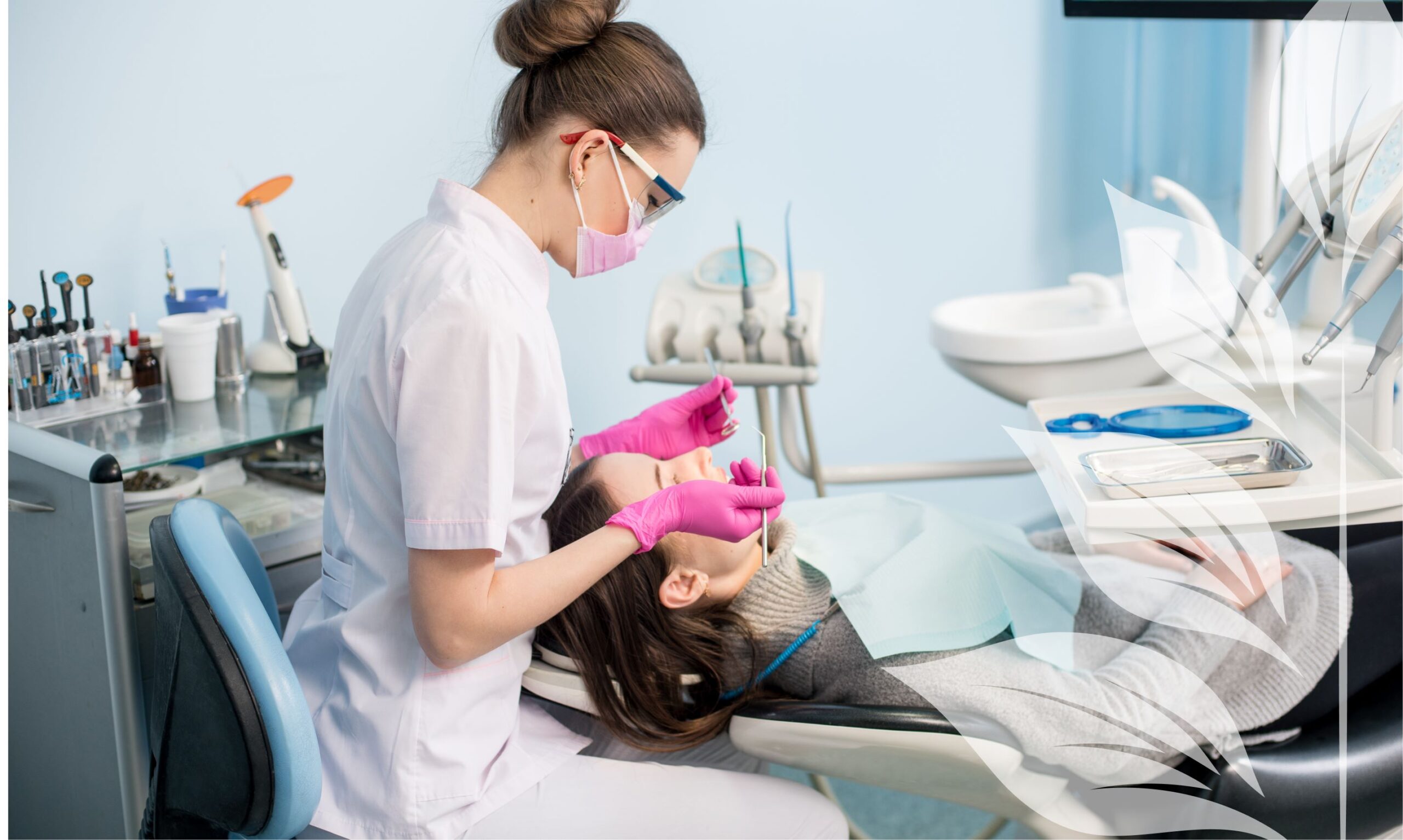Keep up with your dental health routine to combat gum disease.
We all know we should follow a daily oral health routine, by brushing our teeth at least twice a day for a minimum of two minutes at a time, and flossing daily. These healthy habits are your best defense against gum disease, and its more serious stage: periodontal disease. But what do you do if these healthy habits fall by the wayside? You could be at risk of gum disease.
What is gum disease?
Gum disease (gingivitis), also known as periodontal disease, is an inflammation of the gums that is caused by a buildup of plaque on the teeth. Plaque is a sticky substance that forms on the outer layer of your teeth, and can irritate your gums. If gum disease is left untreated, it can progress to periodontal disease.
Periodontal disease is treatable, but it’s not reversible. Without specialist treatment, it can cause further deterioration of your teeth, or tooth loss, and can also contribute to other health problems, such as increased risks for heart disease and stroke.
While gingivitis (mild gum disease) is an early stage of periodontal disease, it does not always come with symptoms, so oftentimes, people don’t know they are at risk for gum disease. Gum disease can only be diagnosed by your dentist, but there are some tools in your regular oral health routine kit that you can maximize to keep gum disease at bay.
Make sure to floss daily.
Flossing is an often overlooked secret weapon to combat gum disease. One of the best ways to prevent gum disease is to floss daily. But are you flossing correctly?
If you are new to flossing, the first step is choosing what type of dental floss to use. Most dentists recommend using unwaxed dental floss, as it actually slides between the teeth better and is more efficient at removing plaque from teeth.
Once you have your dental floss of choice, break off a piece about 18 inches in length. Wrap the dental floss around your middle fingers, with the majority of the floss wrapped around one finger. The finger that has the least amount of dental floss will be the finger that takes on the used floss as you floss your teeth. Many people find it easier for their dominant hand to start with the majority of the floss so it can guide and control the floss as you go.
To start, hold the dental floss tightly between your thumb and index finger, and guide the dental floss between two teeth. Gently rub the dental floss up and down each side of the tooth, making sure to engage with the tooth on the right and the tooth on the left of where your dental floss is. To help prevent gingivitis and gum disease, don’t forget to floss around your gum line. To do this, curve the floss around each tooth in a c-shape.
Once you have finished with both teeth, slide the dental floss out from between the teeth, wind the floss down to the finger receiving the used floss, and then repeat the flossing process for each tooth in your mouth. It’s important that each tooth uses a fresh stretch of floss to avoid spreading any bacteria.
You might notice that your gums bleed when you floss. This can be because your gums are irritated, and may possibly be an early sign of gingivitis. If you do notice blood, don’t stop flossing—this is actually a sign that you need to floss more, not less. Do be gentle with your flossing so you don’t further irritate or cause any damage to your gums.
Is there an alternative to traditional dental floss?
If you find flossing with traditional dental floss difficult, there are other tools you can use to floss.
One of those tools is a dental floss pick. These single-use plastic picks have a small stretch of dental floss on them, which you just slide down and around your teeth.
Another tool available for flossing is a waterpik. This device emits a small, pressurized stream of water that cleans away food particles and bacteria. This can be a great option for people with limited dexterity, as you don’t have to maneuver floss between your teeth.
If you need advice on the best way to floss or the best tools to use, talk with the team at Allred Family Dentistry. We can give you tips to help keep your gums healthy.
What if I have gum disease?
If you have gum disease, you need to schedule a visit to see the team at Allred Family Dentistry. A professional deep cleaning by a dentist is the only way to remove plaque buildup from your teeth—plaque that can cause gingivitis to turn into periodontal disease.
Gum disease can be reversed with a strict and thorough oral health routine of brushing your teeth twice a day for two minutes and flossing each day. If you are in the beginning stages of gingivitis, focusing on your dental health routine with proper brushing and flossing techniques can restore your teeth to good health. If your gingivitis has progressed to gum disease, it may be harder to reverse, depending on the damage that has already been done to your gums.
Your best bet is to visit Allred Family Dentistry and have one of our team members give you a thorough dental evaluation. We’ll help your oral health get back on track and give you more reasons to smile!





